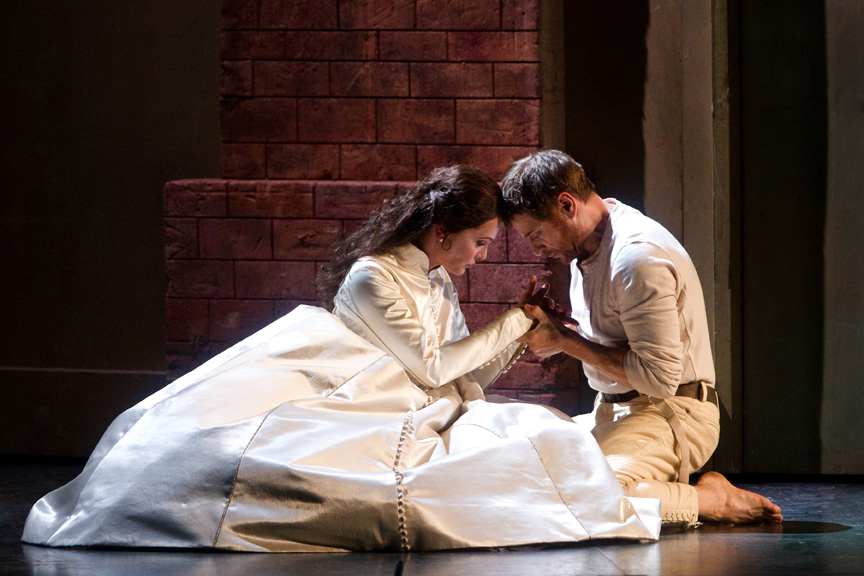

So he and Dean jettisoned the character of Fortinbras, the Norwegian prince who claims the throne at the end of the play. “The decision was to make it a family story,” Jocelyn said. No! To dream - ay, there it goes.”īesides rearranging and reassigning chunks of the text, Jocelyn had to make drastic cuts to get a play that would take nearly six hours to perform completely down to an opera of less than three. perchance to dream! Ay there’s the rub,” we hear “To die, to sleep - is that all? Ay, all. To be.ay, there’s the point.” And later, instead of “To die to sleep. So instead of beginning: “To be or not to be: that is the question,” we get “.or not to be.

He takes that expectation and he doesn’t destroy it completely, but he sort of throws curveballs in.”įor example, Clayton, said in the opera “My first line is “ … Or not to be,” and the audience goes, ‘Oh, wait, that doesn’t come in until much later.’”Īnd when Hamlet does eventually deliver that soliloquy, it’s not the familiar version but rather based on the first published text of the play, the disputed First Quarto. “They’ve got a way into it, as opposed to any other contemporary opera which might seem less approachable. “Because the benefit of doing ‘Hamlet’ is that people can say, ‘Oh, I’ll come and see that,’” Clayton said. Tenor Allan Clayton, who performed the title role at the work’s 2017 premiere at England’s Glyndebourne Festival and is repeating it at the Met, said that “what Matthew has done very cleverly is to upend some of the expectations.

Tory Burch embraces flats and flowy form in new collection


 0 kommentar(er)
0 kommentar(er)
